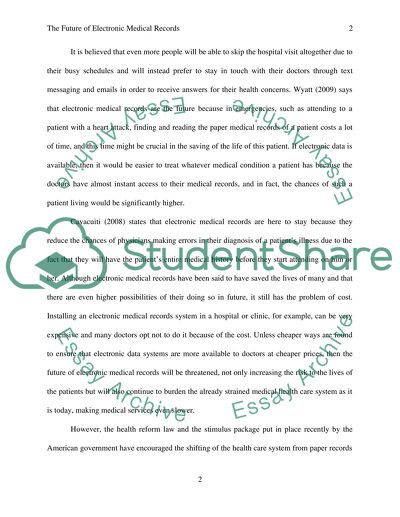Cite this document
(“The Future of Electronic Medical Records Research Paper”, n.d.)
The Future of Electronic Medical Records Research Paper. Retrieved from https://studentshare.org/health-sciences-medicine/1455812-the-future-of-electronic-medical-records-growth
The Future of Electronic Medical Records Research Paper. Retrieved from https://studentshare.org/health-sciences-medicine/1455812-the-future-of-electronic-medical-records-growth
(The Future of Electronic Medical Records Research Paper)
The Future of Electronic Medical Records Research Paper. https://studentshare.org/health-sciences-medicine/1455812-the-future-of-electronic-medical-records-growth.
The Future of Electronic Medical Records Research Paper. https://studentshare.org/health-sciences-medicine/1455812-the-future-of-electronic-medical-records-growth.
“The Future of Electronic Medical Records Research Paper”, n.d. https://studentshare.org/health-sciences-medicine/1455812-the-future-of-electronic-medical-records-growth.


